By Shauna Golden and Michael Brennan
There were several days where Roliya Jackson, a senior at Quinnipiac University, didn’t know whether or not her family in Tortola, British Virgin Islands, was alive after Hurricane Irma swept through her home.
Once she was able to successfully contact her mother, nearly three days later, Jackson said that as her mother spoke over the phone, she could “hear the tears in her voice.”
“At first I had hope that the hurricane would change course. Then I was scared, and then I was sad… I religiously checked the news” said Jackson.
Jackson learned from the news that the eye of Hurricane Irma would directly hit her 21-square mile home in Tortola.
Tropical Storm Irma, which finally made its way to Florida last weekend, ravaged many of the Caribbean Islands as a category five hurricane. Jackson’s home of Tortola was one of several Caribbean cities destroyed.
According to the New York Times, nearly the entire island was affected by the hurricane. For example, “buildings are leveled. Roads have been washed away. People have limited food and water.” Jackson’s family, which includes her mother and 14-year-old brother, is now homeless.
Individuals living in Florida also experienced the impact of Irma’s wrath. Though the storm dropped in status to a category one storm by the time it hit Florida, Fox News reports that it still “[hammered] much of Florida with roof-ripping winds, gushing floodwaters and widespread power outages.”
Now, nearly, a week after Irma hit the Caribbean and several days after it hit Florida, individuals all around the world are still wrapping their heads around the devastation the storm has caused. The ripple effects are still being felt just days after the storm across the country, including for many students at Quinnipiac University.
Quinnipiac University senior Daquan Stuckey found himself in a predicament similar to Jackson’s while trying to contact his grandmother, who is stuck in the US Virgin Islands. While he no knows that his grandmother is safe, having to wait for the first text message from her was stressful.
“When you get the text messages that ‘I’m okay’… those are always fantastic, but what about the time, the two hour period where you have to wait for that next text… then I really don’t know what happens,” Stuckey said.
Stuckey was not worried, however, because of his strong faith in God.
“Even though I was very worried in that moment, because God knows I wouldn’t be here without my grandma… He wouldn’t let anything happen to her,” Stuckey said.
Irma tore through The Caribbean, including the British Virgin Islands and US Virgin Islands, at a tremendous rate of 185 miles per hour. According to CNN, the deadly storm left at least 36 people dead in the Caribbean, four of whom were in BVI.
Jackson, who is 1,767 miles away from home, has been relying on photographs and the internet to assess the extent of the damage on the island she calls home. She explained that because of the hurricane’s impact on BVI, the satellite images of her home are now dull brown in color instead of the vibrant emerald that they used to be. According to NASA, there are several possible reasons for which this change occurred. First, “lush green vegetation can be ripped away by a storm’s strong winds, leaving the satellite with a view of more bare ground.” Second, “salt spray whipped up by the hurricane can coat and desiccate leaves while they are still on the trees.”
Jackson has had very limited contact with her family because the island does not have electricity at the moment. She has only been able to talk to her family three short times since last Wednesday when the storm hit BVI.
Hurricane Irma downgraded to a category four hurricane by the time it reached the Florida Keys. Soon after, Irma further downgraded into a tropical storm as it moved out of Florida and into Georgia.
Quinnipiac University senior Nicole Kessler and her family have lived in Boca Raton, Florida for nearly her whole life, and hurricanes are all too familiar territory.
Millions of residents across the state who have just survived one of the worst storms of the year, are without power and have had their homes destroyed.
According to CBS News, “Irma flooded streets, spawned tornadoes, knocked out power to millions of people across the state and snapped massive construction cranes over the Miami skyline.”
Kessler’s family has just faced a terrifying tropical storm that Florida has not seen for quite some time. She recalls the dangers of Hurricane Charley and Hurricane Wilma and how they destroyed Captiva Island, one of her family’s favorite vacation spots.
“There [were] [these] beautiful banyan trees, and the branches grew over each other, so you would drive for miles and you were in like a tree tunnel. And those all got destroyed,” Kessler said.
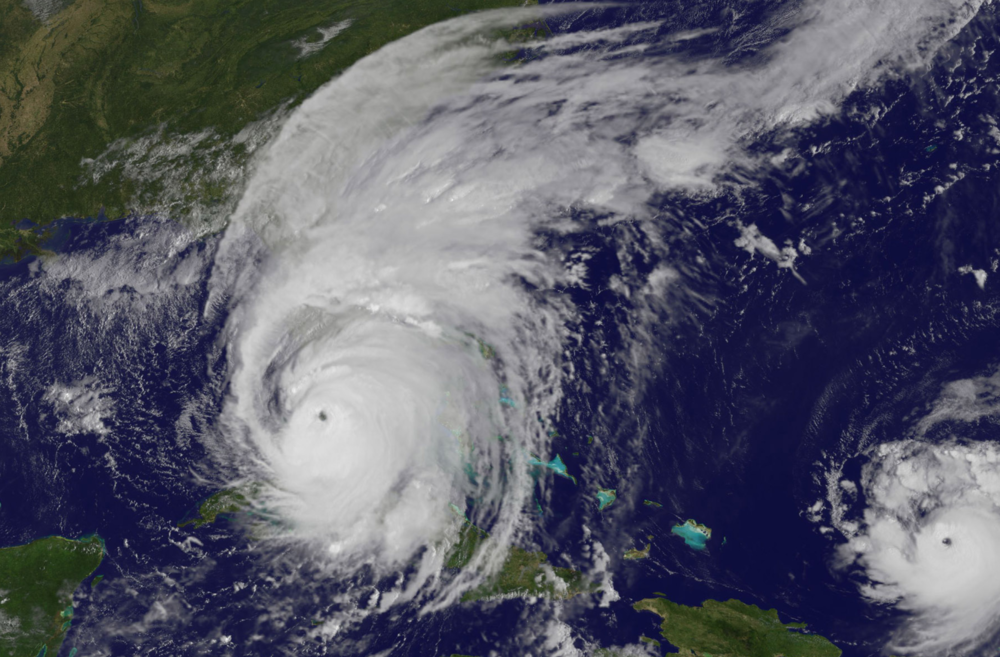
Photo Courtesy of NASA
Kessler’s family decided to wait out the storm. While they are safe, this made her remember going through those frightening, if comforting, times all those years ago.
“My favorite part about the hurricanes […] I have, not good memories, but my grandparents would come and stay with us for like two weeks, and that was like a dream come true because I loved when my grandparents got to stay with us,” Kessler said.
Regardless, Kessler knows that once a hurricane comes through, in the present or the past, the area is never the same.
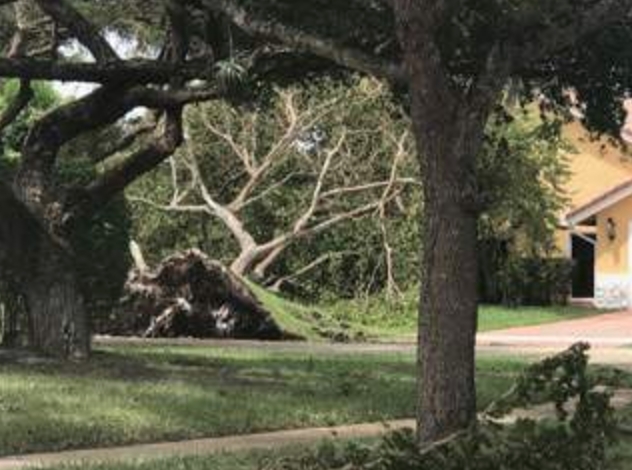

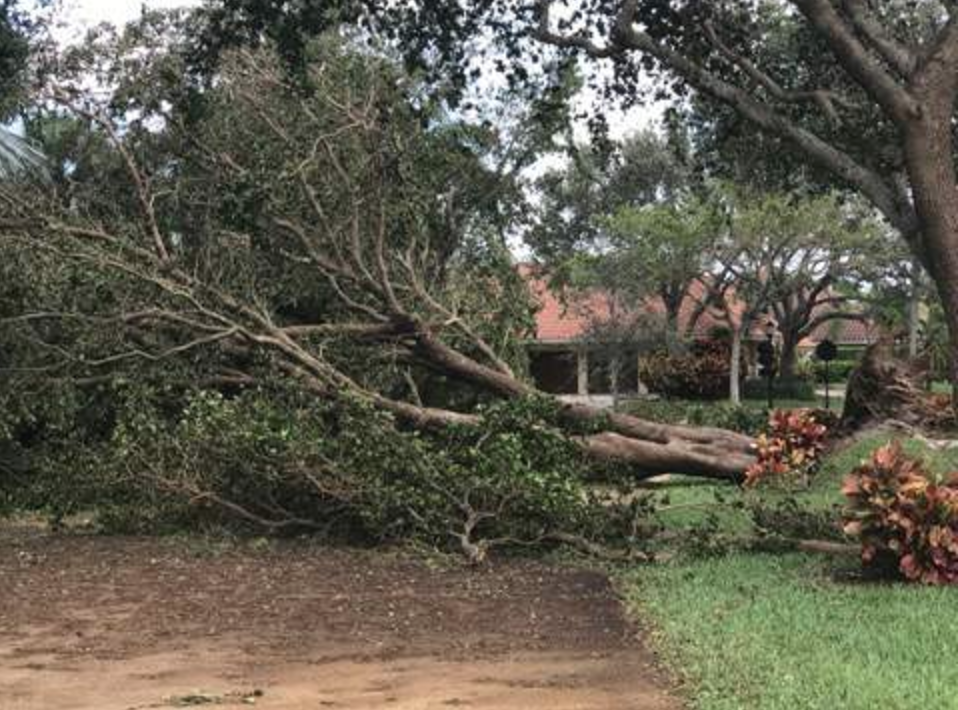


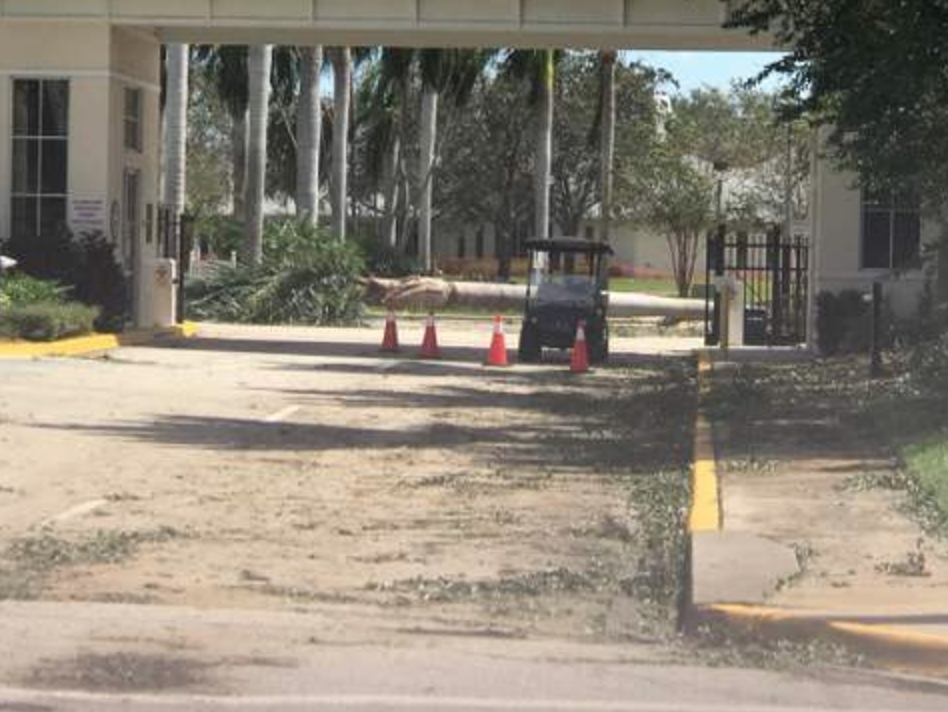
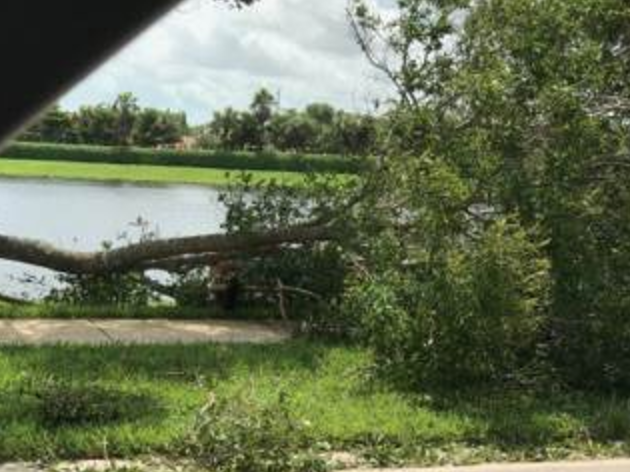
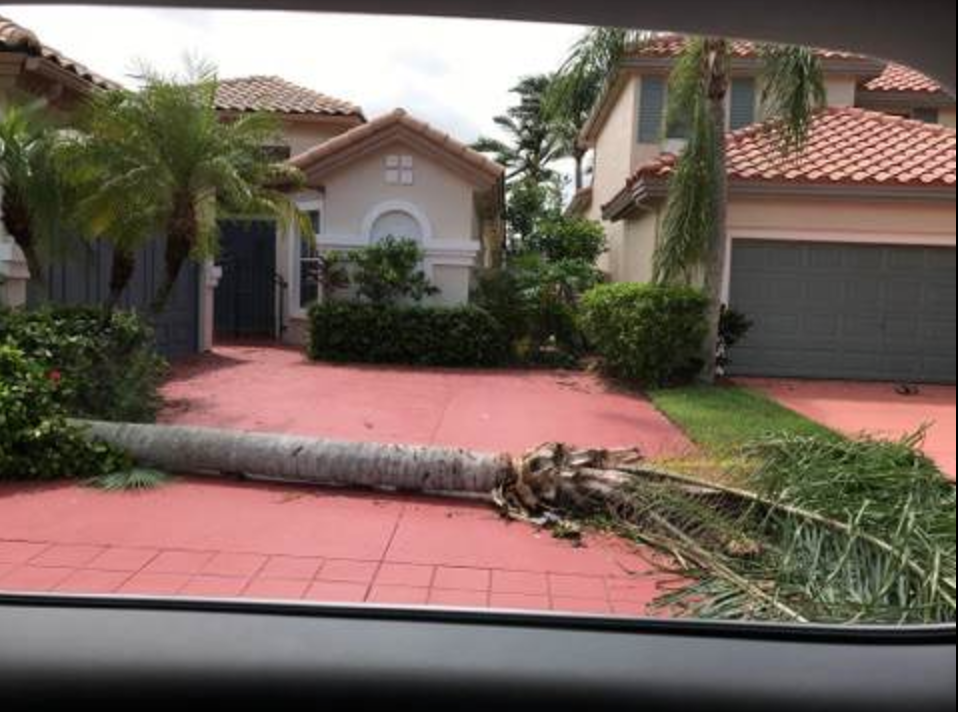
“We couldn’t go back to Captiva Island for years. And it’s now, you go back there, and it’s never the same,” Kessler said.
Now that her home has been demolished by Irma, Jackson feels the same way, and is worried that the island will lose the culture she loves so much.
“It’s not the same. It will never be the same,” Jackson said.